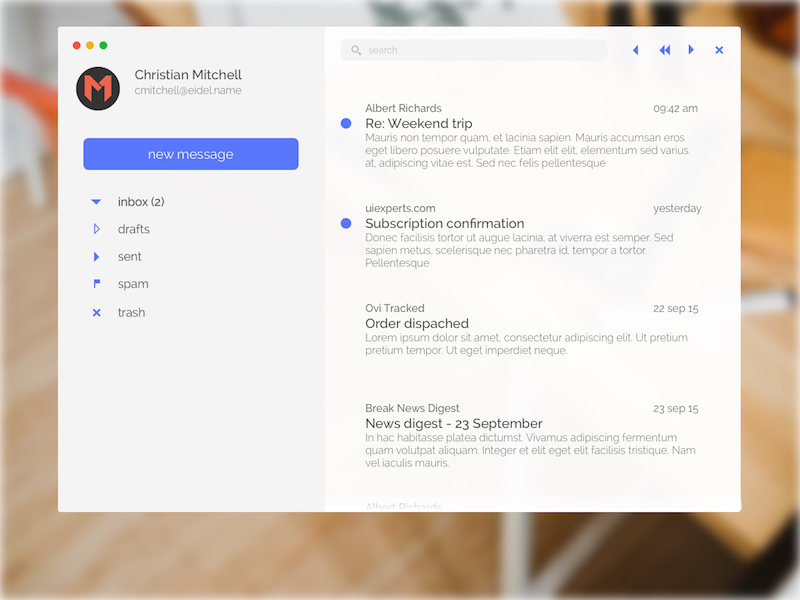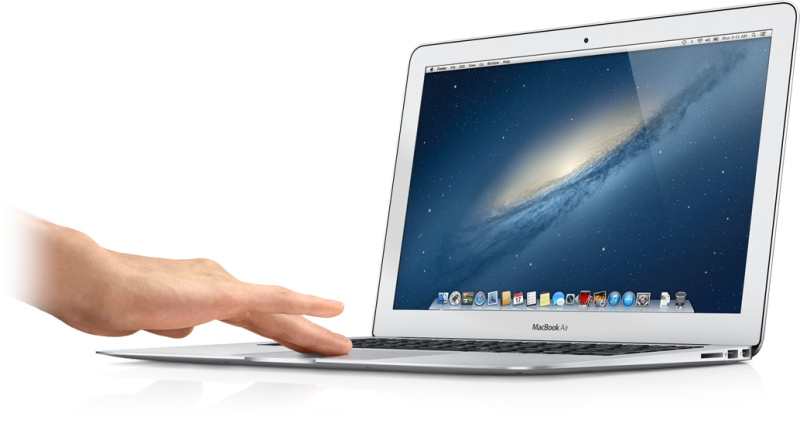
#Email manager for mac os x mac os x
Recent releases of Mac OS X and Linux work with Microsoft System Center Configuration Manager (SCCM), which lets Mac and Linux PCs join Active Directory much like a Windows client. It works fine on smaller networks, but is quickly outclassed or becomes impractical on large networks that run Active Directory. Samba is a software application that allows Linux and Windows to share files and printers. Windows and Macs have built-in features that provide simple file sharing across a network. Integrating Mac and Linux clients on a Windows enterprise network Linux productivity suites are usually free.
#Email manager for mac os x for mac
Additionally, the productivity software packages available for Mac and Linux are comparable to Microsoft Office - and in some cases compatible with it. That same computer might not be able to run Windows 10, and drivers could be a major issue. A modern Linux distribution runs reasonably well on a computer built for Windows XP. Mac OS X and Linux are much more stable and reliable than Windows, and Linux is hands down the most forgiving of older peripherals and legacy hardware. Fortifying the Windows OS and cleaning up after an attack cost IT an enormous amount of money every year.

Because Windows is the dominant desktop OS, malware creators target it much more often than any other OS. OS X in particular includes code-signing to prevent most types of malware.
They have been forced out of the mainstream as many IT shops look to standardize OSes and hardware to streamline support and maintenance.īut Mac OS X and Linux are far less susceptible to malware than Windows. It might look like Mac OS X and Linux fill too narrow a niche for enterprise use, but they're simply underrated.

It's hard to believe that systems as feature-rich and robust as the latest Ubuntu, Fedora and Mint distributions fall into the collective crumb bin of overall market share. They're grouped with Windows Vista, Windows NT, Windows 2000 and old versions of Mac OS X. Mac OS X accounts for less than 10% of the overall desktop market share, and Linux desktops fall into the "Other" category. Macs have historically been preferred by graphic designers and digital artists, and today executives and frequent travelers join that list because Macs offer better security and seamless integration with Apple iOS devices. Department of Defense employees use a Linux-based operating system on a CD or USB stick to log in to secure networks from untrusted PCs while they are away from the office. Amazon and Google use Linux to support many business processes, and U.S. Many servers around the world run Linux, but on the desktop, the OS is used mainly by academics, researchers and developers.


 0 kommentar(er)
0 kommentar(er)
